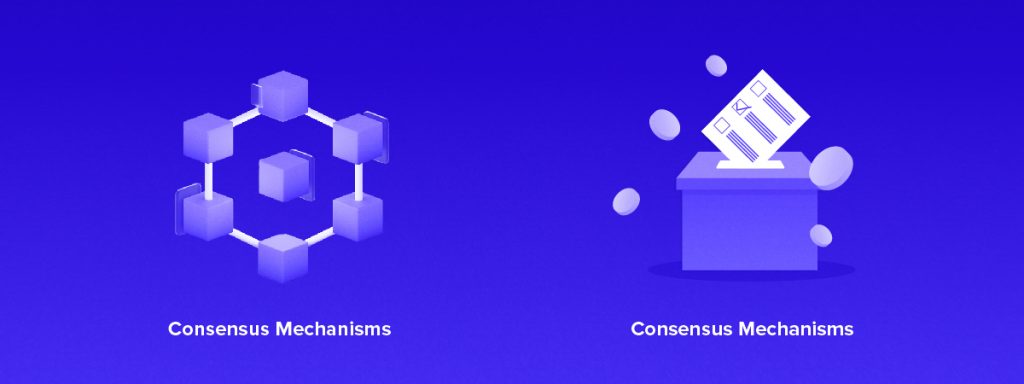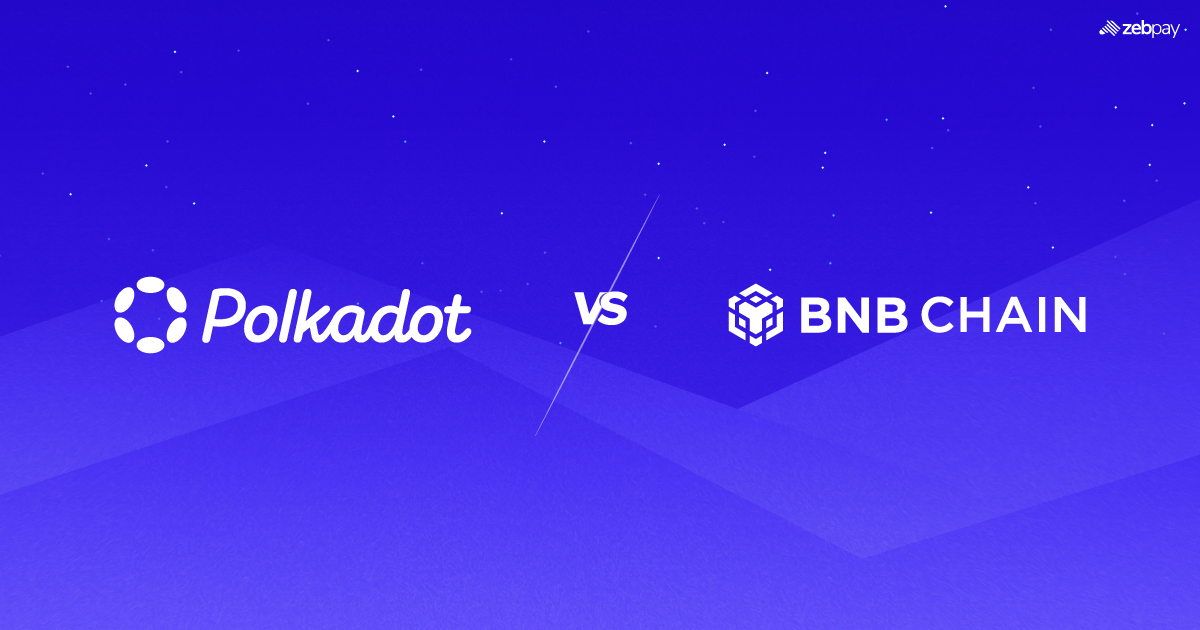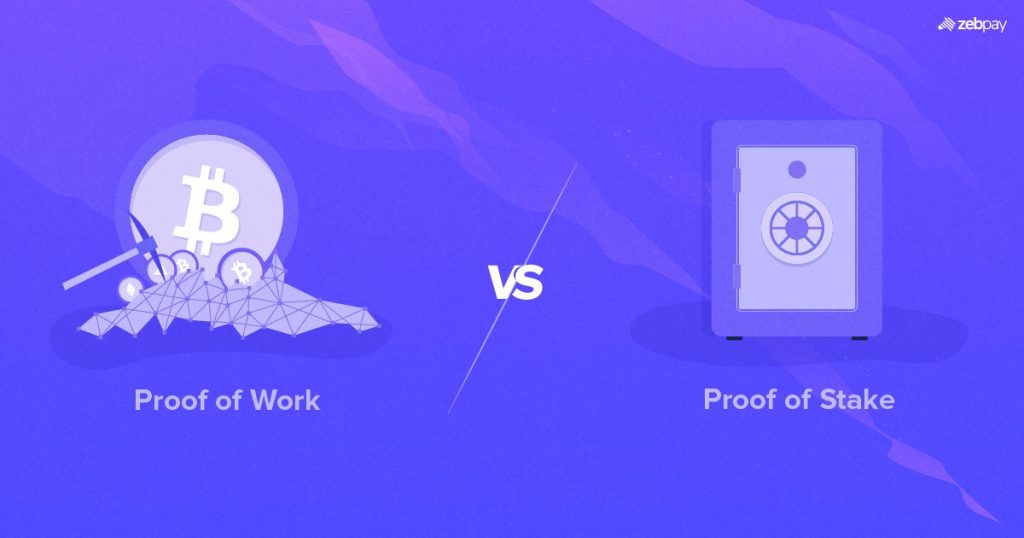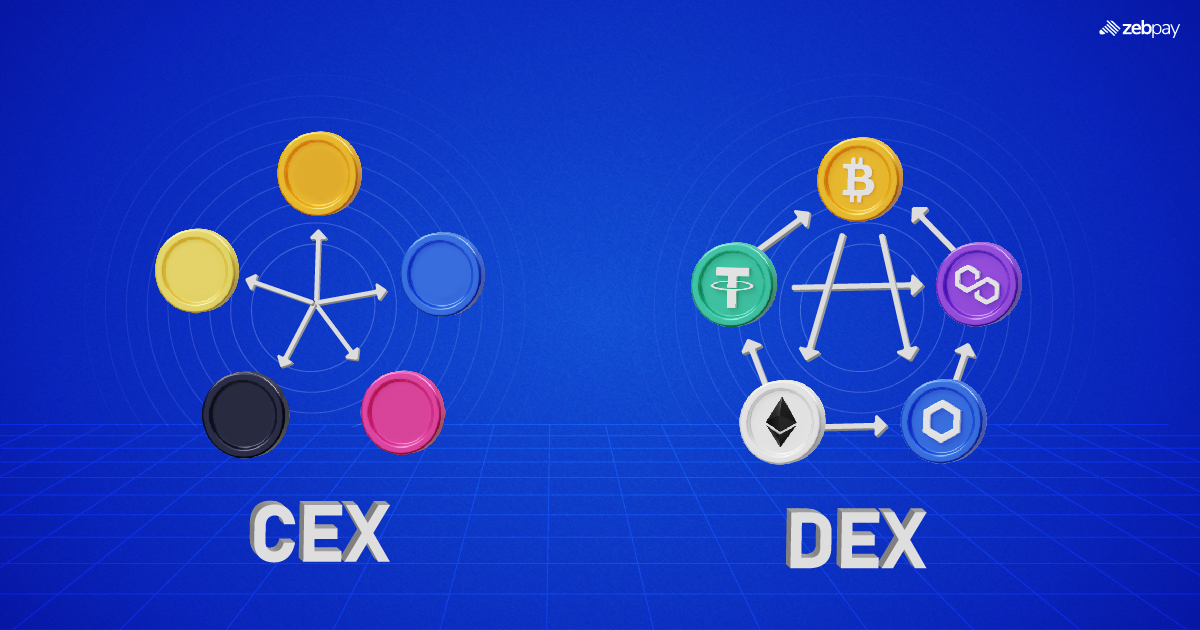Polkadot is a popular blockchain protocol known for connecting blockchains to enable transactions and data across incompatible networks. Gavin Wood introduced this blockchain in 2020, which aims to be fast and scalable.
Binance Smart Chain (BSC) was launched in 2020 as well and employs a dual-chain architecture to be compatible with the Ethereum network. It is a popular choice for developing decentralized applications (dApps), as it can handle up to 100 transactions per second and offers low-cost transactions.
These are some of the most popular crypto protocols on the market. This article will discuss the differences between the two protocols by comparing their consensus mechanisms, interoperability infrastructure, and use cases.
Polkadot: A Multichain Framework for Web3
The Polkadot network enables incompatible networks to exchange values and data between them. Its native token, DOT, has two purposes: it serves as a governance token, which empowers holders to have a say in the future of the network. It is also used for staking to verify transactions and issue new DOT tokens. It consists of a main blockchain called the relay chain and many user-generated parallel chains. It also has a bridge that enables the exchange of tokens and data between blockchains. Some of its key features include:
Scalability:
Polkadot para chains enable scalability as each chain processes transactions independently. Each para chain functions as a shard that can scale to handle more transactions, improving the overall throughput of the network.
Flexibility:
Another advantage of parachains is flexibility, as each chain can run its blockchain software for unique dApps. They are not constrained by the main relay chain and can choose their consensus mechanism and other features that best suit their needs.
Interoperability:
Polkadot enables interoperability between blockchains through its connection between para chains and the relay chain. Parachains can be customized individually and are connected to the relay chain through parachain slots, allowing them to communicate.
Read more: What is Polkadot (DOT)
Binance Smart Chain (BSC): A Scalable Smart Contract Platform
BSC was developed by Binance mainly to run decentralized exchanges (DEXs) to trade crypto tokens. Its native token is known as BNB, or Binance, some of its key features include:
Independent Blockchain
BSC runs parallel with the main Binance chain but functions as a standalone blockchain. It will continue to run even if the Binance Chain stops operating.
Ethereum-Compatible
BSC supports Smart contracts, making it Ethereum-compatible. Developers can build or migrate dApps and other tools from other blockchains onto the BSC network.
Supports Staking and cross-chain interoperability.
This protocol employs the proof-of-stake (PoS) consensus mechanism, and BNB can be staked to contribute to network security. It also supports cross-chain interoperability, which enables it to connect with other crypto networks.
Read more: Binance Chain vs Binance Smart Chain
Consensus Mechanisms and Governance

The governance of Polkadot is based on the PoS protocol, which ensures a majority stake in controlling the network. It uses a modified version of the PoS system, known as the nominated proof of stake system (NPoS), where nominators back validators with their stake. Nominators can lose their stake if they choose bad validators. Polkadot has several on-chain voting systems, such as batch approval voting and referenda with flexible majority thresholds. Its multilayered governance allows the implementation of protocol changes without hard forks.
BSC combines the concepts of proof-of-authority (PoA) and delegated PoS to achieve network consensus. This system consists of elected validators who produce blockchain blocks in a PoA manner, which prioritizes reputation and the amount of their stake. This consensus system enables this network to achieve three-second block times. Validators receive a part of the transaction fees as a reward if they successfully add crypto blocks.
Interoperability and Cross-Chain Communication
Polkadot uses common messaging protocols, such as Cross-Chain Message Passing (XCMP), for communication between para chains. These protocols enable para chains to exchange tokens and data with each other. They overcome compatibility issues by not allowing for any alterations after new updates. They allow parachains to grow by offering shared security, interoperability, and flexibility.
BSC was created by Binance to facilitate the deployment of Smart contracts and offer low-cost transactions. It uses the Ethereum Virtual Machine (EVM) and the Solidity language, as it is compatible with Ethereum. This compatibility enables developers to migrate Ethereum tools and applications to BSC.
Use Cases and Applications
The Polkadot network is well-suited for decentralized finance (DeFi) applications due to its scalability and interoperability. It enables the creation of crypto lending protocols, decentralized exchanges (DEXs), and other services that interact with multiple blockchains. For example, Uniswap provides liquidity and visibility for the development of new DeFi products and services on the Polkadot network. It is also suitable for gaming applications and NFTs. Developers can create unique play-to-earn games and collectables by leveraging its interoperability and scalability features.
One of the vital use cases of BSC is decentralized exchanges (DEXs) that enable users to trade crypto assets, and PancakeSwap is the most popular DEX in its network. BSC also supports many NFT projects, such as AirNFTs, as it offers low-cost transactions and high network speeds.
Future Outlook
Gavin Wood introduced Polkadot 2.0 at a conference this year. It is designed to be a supercomputer that offers unprecedented efficiency and scalability. It will aim to build an ecosystem to provide secure and unique dApps. It will focus on the procurement of core time by offering services such as pay-as-needed for on-demand access to resources. The new upgrade, if successfully implemented, has the potential to unlock innovation and improve resource management.
BSC plans to improve its virtual machine to address scalability issues. They also plan to use zero-knowledge rollups to empower applications to run efficiently. It also wants to create a decentralized storage network known as BNB Greenfield to enable users to own, upload, and share digital assets with enhanced transparency.
To stay up to date with the latest crypto news, visit ZebPay blogs. Click on the button below to trade on ZebPay.







